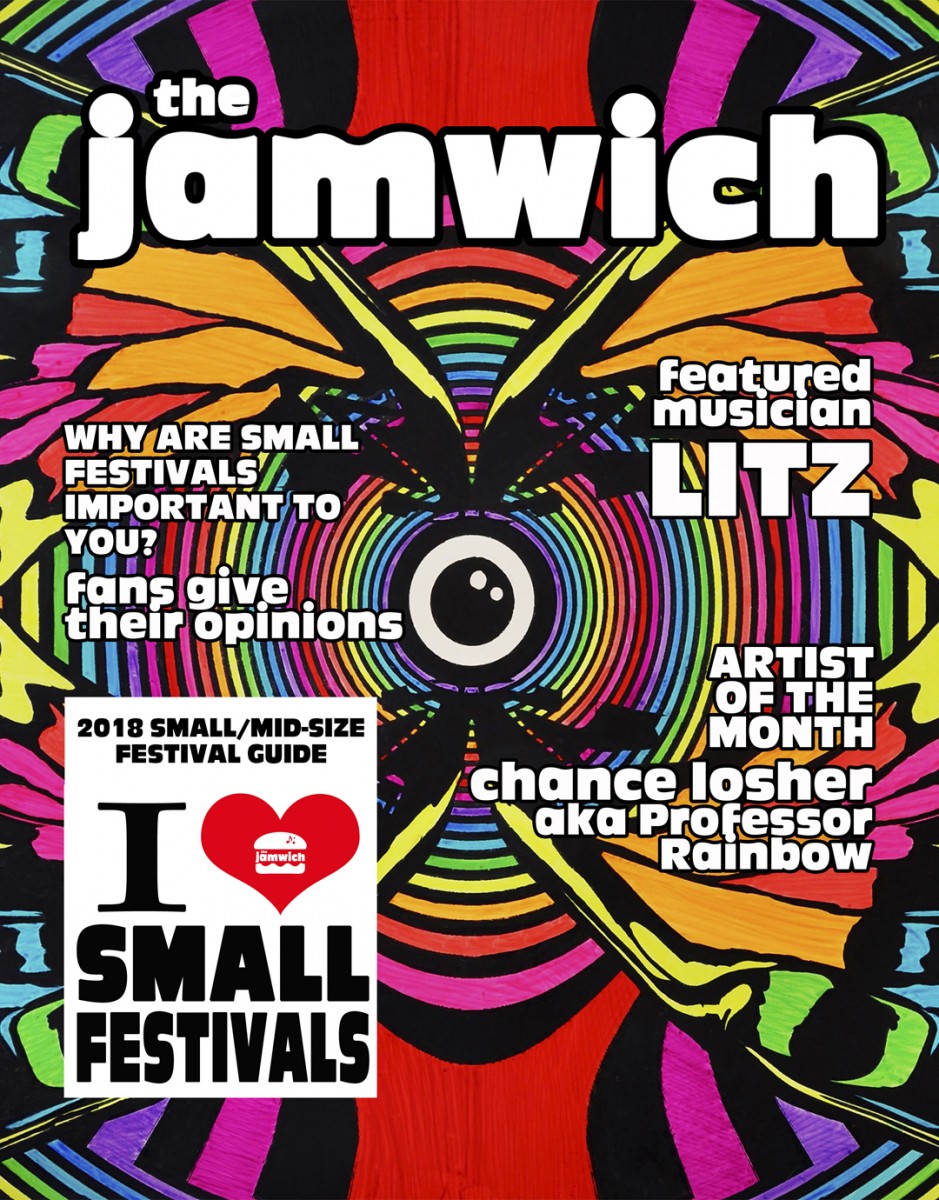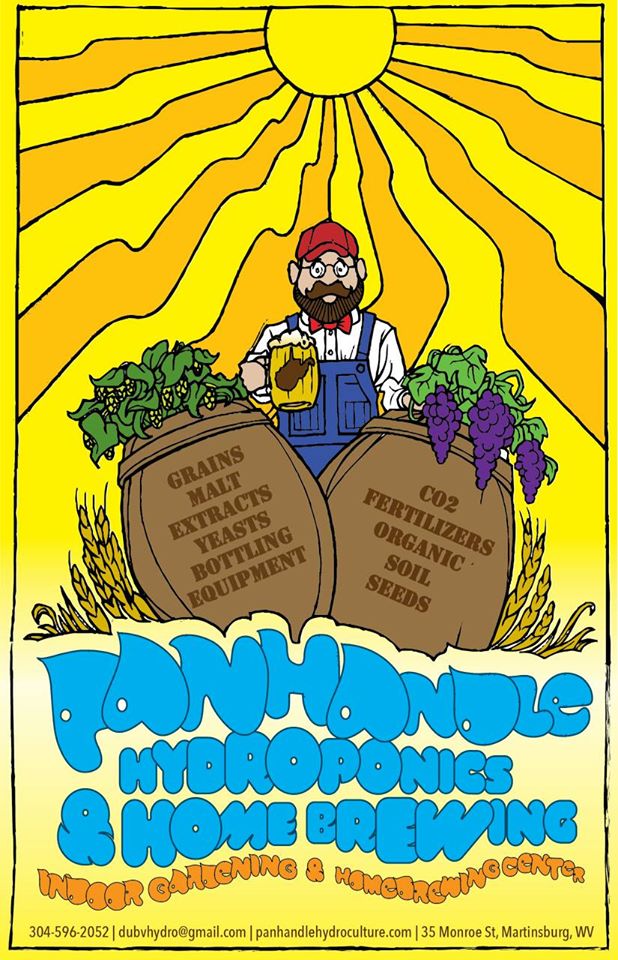Daniel Adams, Illustrator
written by Andrew Brown
Stamford, Connecticut based illustrator Daniel Adams has more up his sleeves than you can imagine. This multi-talented, post modern artist seems to blur the fine lines between the high, fine arts and art that is more pop culture based. Adams varies his technique between gouache and ink, woodcut printing, and graphic illustration. With an Associate’s Degree in graphic design and a Bachelor’s in Illustration from the Pratt Institute, Adams says that he is well versed in live and studio set artwork, stating “when I am in a ‘studio’ office, I feel the need to do something because I feel that I’m there specifically to create, and there’s usually less distraction. The live setting can be less predictable, more dynamic, and much more exciting. It’s definitely a field in which I’d love to gain more experience. ” Here at Appalachian Jamwich, we were able to dig inside the mind of this flourishing new artist.
1. When do you first remember being interested in becoming an artist?
“I have always loved art and I always liked to draw and paint, but I never thought that I could become a professional artist, and make my living doing exactly what I love. That changed during my senior year of high school, when I realized that it could actually become my profession.”
2. Has the northeast region, where you’re based, had an influence on your work?
” Yes, the northeast has been a big part of my work. The diversity of New York City has been one of my biggest inspirations – it never gets boring! I also like to balance the crazy of the big city by visiting the calmer states of northern New England, like Maine and Vermont. When I do this, I can completely tune in with nature. You can see a night sky glowing with stars in Maine. You can’t see that in Brooklyn.”
3. How would you describe your style?
” My style is a combination of childish shapes that are controlled by a mature sense of line work. The childish shapes are usually the flat colors, and my line work does all the hard work of translating everything into something coherent.”
4. What in life inspires the artwork that you create?
“I have many things that inspire me, and one of them is music. I listen to music whenever I ‘m working on something. I listen to a huge variety, everything from country/folk, funk, to thrash metal and punk. I like music that is just like the people who create it – very different and not “normal.” Every musician that I have met seems to be very relaxed, outgoing, and in the end, wants their personality and/or message to be felt, and to be heard. It’s a lot like being an illustrator and designer.
I also get a lot of inspiration from people and cities. I like to see how people live, what people eat, how they dress, and what they do for fun. Everyone is different, and everyone has something unique that makes them who they are. Whenever I draw, paint, or illustrate someone, I tend to look for that particular thing that will allow me to capture who they are.
The ocean is another source of inspiration. Both of my grandfathers were in the Navy. My maternal grandfather fishes whenever he can (even now that he’s 82 years old), and I always liked going out on his little boat to catch striped bass and bluefish. The ocean is usually very calm, but you truly never know what is going to happen, which adds a flare of excitement.”
5. How has your education at Pratt University influenced your creative process?
“My education at Pratt Institute really provided a foundation and fearlessness for my creative process. When I started at Pratt, I thought I was going to learn how to “color in the lines” incredibly well (about $40,000 a year well), but I actually learned how to make “the lines.” I learned the “proper” ways to do things, such as, the hierarchy of design, the importance of sketches and how to paint, and most importantly, that it is absolutely okay to do things in a different way.
Freshmen year is foundation year. They teach you the proper ways of drawing perspective, how to use the proper color, and all the basics of design and art. It was kind of like a test. It was a lot of work, and a lot of people dropped out of the school during their freshmen year. This made me realize how very determined I actually was, especially because I learned to embrace deadlines. My major was illustration and design, which meant deadlines, and how fast you can create a quality work of art . I learned to do everything in a timely manner but still produce a great and exciting finished piece.
Throughout my time at Pratt I had teachers that pushed me creatively and forced me to try new things. As soon as I got comfortable with something, they steered me in a completely different direction. I learned that it’s okay to do things outside of the box and to take what you know and throw it away. That’s how I created my style.”
6. What about the use of the gouache and ink technique attracts you as an artist?
“The gouache and ink technique is my “go to” for a lot of my work. I get bright, fun, and wacky colors. Gouache is very unforgiving in some ways and it’s a challenge sometimes, but I like the fact that it is water soluble. You can use it as a watercolor or as a think acrylic – like paint. You can take a wet rag and wipe away mistakes, and you can also layer the paint and use different opacities to show the colors underneath each layer.”
7. When and how did you begin woodcut printing?
“I began doing woodcut printmaking in my junior year at Pratt. It started off as an elective that was meant for filler for my schedule, but I quickly realized that I was not going to have the chance to do something like this if I did not take the opportunity right then and there. It was a very tough class at first, but once I got the hang of it, I realized what an awesome medium it was, and how much I loved it. I find myself doing woodcuts all the time and constantly push myself to go bigger and better with them. I am currently working on three 2 foot x 4 foot woodcut blocks.”
8. Describe the concept and construction method behind your installation piece “Horsin’ Around Stamford”, located within the Stamford, Connecticut Veterans Park.
“The “Horsin’ Around Stamford” was a commissioned piece of work for Stamford Downtown. In order to deal with the tremendous amount of skateboarders in Stamford and the nearby towns in Fairfield County, The City of Stamford opened skate park couple of years ago (so the authorities could contain the rebellious hoodlums, ha!). My little brother skates all the time and he always goes to the park. I go with him to hang out and watch sometimes. I saw little kids skating there, and thought that was so awesome. That inspired me to sketch “Skate Horse.” I was sitting in a Dunkin’ Donuts with my sketchbook, threw down some preliminary sketches of horses dressed in a variety of situations (one of them being a horse with children skateboarding on it), and sent them into the DSSD (Downtown Special Services District: The DSSD brings art into Stamford with a sculpture show, usually every summer. Past exhibits have included cows, cats and even Volkswagen Beetles. I sent my sketches in, and out of over 2,000 entries, I was chosen to go into the second round of eliminations. The second round included the top 500 entries, and this time, the sponsors chose the winners. Grade A, a local supermarket, chose my “Skate Horse” sketch and sponsored me to do the job. The white fiberglass horse sculpture was made somewhere in Nevada and shipped to us at the studio provided for us in Stamford. I was commissioned for this during my final semester at Pratt, and since I was still living in Brooklyn, I would drive back and forth between school, finals, and work to finish the horse in time for the installation. I used outdoor house paint to paint the illustrations on the horse (the horse was going to be displayed outside for a few months). I used neon green and hot pink as the base. I chose those colors because I wanted my horse to stand out from all of the other horse sculptures. It took a couple weeks of long nights and commuting to get the horse done, but I finished (before the deadline, thank you freshmen year!) and it was ready to go. It was installed in Veteran’s Park, which is a public park in Stamford where a lot of kids do actually skateboard. It’s also where I used to hang out when I was a teenager, so I was excited when I learned that Skate Horse was going to be displayed there. After the installation period of a couple months, the horses went to auction. I heard rumors that the high school I went to wanted to purchase it. The high school won it auction and it now resides in the atrium of the school for all the kids to see what an alumni in the art field has done.”
9. How do you publicly display your other works?
“The easiest, quickest way to have my art reach the most amount of people is definitely social media. But when I am in a gallery setting, I either frame the work ( if possible ), or I hang it in a clean, professional way. I have to get creative and build displays for my wood cuts, which results in many Home Depot trips.”
10. How did you begin doing graphic design for the penny bid company bidcactus.com?
“I found out about the company because a friend of mine works in the IT department, and it started as freelance work during my junior year of college. I worked from the office when I could, but most of the time I was able to work from my dorm room in school. I started off as a freelance Junior Designer doing web advertisements and mostly photo retouching. I did very well and they gave me more artistic freedom and responsibilities. I started doing the header banners for the top of the front page of the site, and I recently started to do interface design and more complex parts of the website.”
11. What personal message would you like to share through your art?
“It would make me really happy if people could look at my art and assume that I’m a “different” kind of person, and I go “against the grain.” It’s okay to draw something the “incorrect” way or to be weird and different, and to make your own lines . Something else that my own art has taught me is to just be myself. I tried to draw in a certain style for such a long time, and eventually, one of my professors told me, “That’s not you, this is not your style,” and pushed me to stick to my guns and create what I really wanted to create. That has resonated and stuck with me, and I hope it shows in my art.”
12. What does the future hold for Daniel Adams Illustrations?
“I hope for big things for “Daniel Adams Illustration.” I plan on painting, drawing, designing, coloring, doing woodcuts, and enjoying art in general until the day I die. Whether it is for me or for someone else, I plan on doing this for quite a long time. My goal in art is to continue learning and expanding my horizons, and if only one person wants to draw or paint from my work, than I have done my job to inspire people to be creative and be themselves.”











